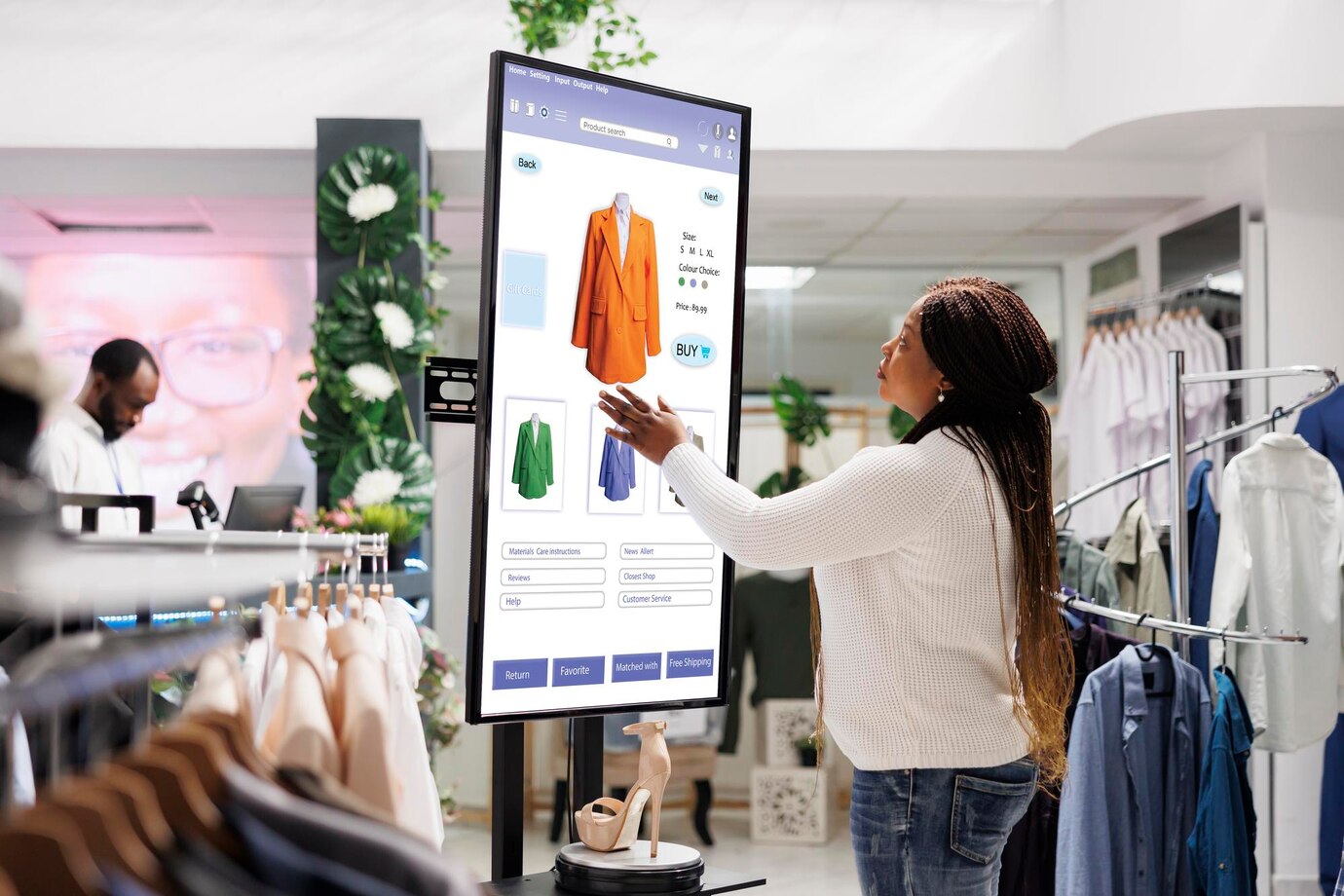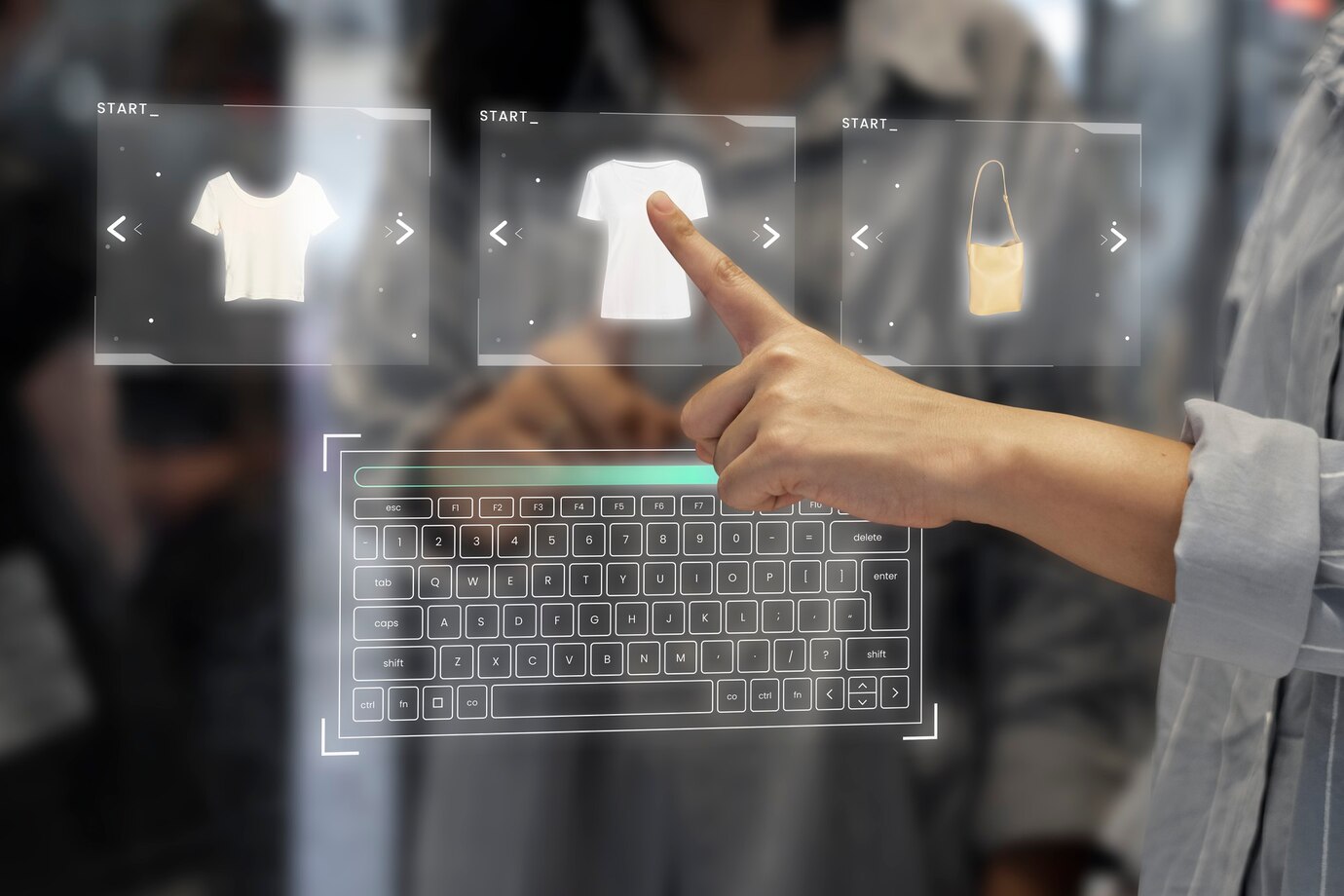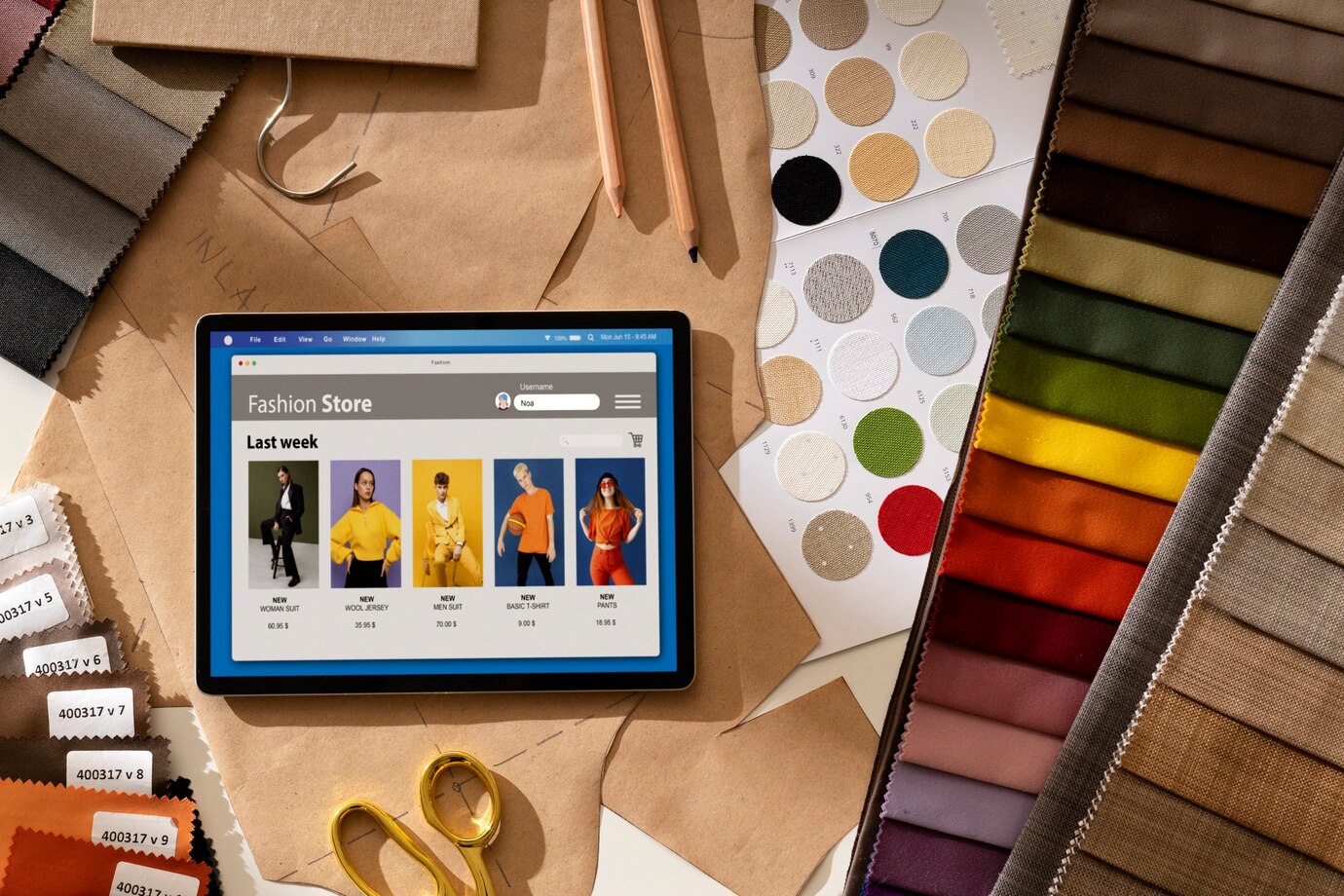
Visual Merchandising Strategies to Increase Sales
In retail, first impressions matter. Visual merchandising attracts customers, boosts foot traffic, and drives sales. A well-planned retail store design paired with effective product display strategies can enhance the shopping experience, influence purchases, and improve brand perception.
This guide covers essential visual merchandising tips, effective store layouts, and strategies to create eye-catching product displays that boost sales.
Why Visual Merchandising is Important in Retail

Effective visual merchandising tips help retailers:
- Capture customer attention and enhance brand recognition.
- Guide shoppers smoothly through the store.
- Highlight key products, promotions, and seasonal collections.
- Encourage impulse buys and upselling.
- Create a memorable in-store experience that fosters loyalty.
By using the right retail store design and product display strategies, retailers can maximise profits while providing an engaging shopping environment.
Key Visual Merchandising Tips to Drive Sales
1. Design an Engaging Store Layout
A smart store layout improves shopping flow and encourages exploration.
Best Store Layout Designs:
- Grid Layout: Common in supermarkets for easy navigation.
- Loop (Racetrack) Layout: Guides customers along a set path, exposing more products.
- Free-Flow Layout: Great for boutiques, allowing a relaxed shopping vibe.
- Diagonal Layout: Optimizes space and creates clear walkways.
Tips for Optimizing Store Layout:
- Place popular items in key areas to boost movement.
- Keep pathways wide for easy access.
- Position related products near each other for cross-selling.
- Use focal points and eye-catching displays to draw customers deeper into the store.
2. Leverage Window Displays to Attract Customers
An appealing window display is a powerful tool to draw customers into the store.
How to Create Eye-Catching Window Displays:
- Choose a theme: Align with seasons, holidays, or promotions.
- Use bold colours and lighting to spotlight key products.
- Create stories with arrangements that evoke emotions.
- Update displays often to keep the storefront fresh.
A great window display piques curiosity and invites passersby inside.
3. Use the Rule of Three for Product Displays
Grouping products in threes creates balance and visual appeal.
Why the Rule of Three Works:
- It creates a natural focal point that draws the eye.
- Odd-numbered arrangements appear more dynamic.
- It encourages customers to consider multiple options.
Product Display Strategies Using the Rule of Three:
- Showcase three related items in different sizes (small, medium, large).
- Arrange three products by colour gradient for impact.
- Group items at varying heights for added interest.
4. Optimize Lighting for Impactful Displays
Lighting is a key element in retail store design that affects buying decisions and product visibility.
Types of Lighting for Retail Stores:
- Ambient Lighting: Provides overall store lighting.
- Accent Lighting: Highlights specific products or displays.
- Task Lighting: Used at checkout counters and fitting rooms.
- Decorative Lighting: Enhances aesthetics and branding.
Lighting Tips for Effective Merchandising:
- Use spotlights for best-sellers or promotional items.
- Implement warm lighting for a welcoming feel.
- Adjust the brightness for the desired mood.
- Avoid harsh or dim lighting that can deter customers.
5. Utilize Signage for Better Navigation and Promotions
Signage helps customers navigate and discover promotions easily.
Best Practices for Effective Signage:
- Keep the text concise and readable from a distance.
- Use bold, contrasting colours to attract attention.
- Place promotional signs near high-traffic areas, like entrances and checkout points.
- Integrate digital signage for real-time promotions.
Well-placed signage helps customers locate products and boosts impulse purchases.
6. Incorporate Seasonal and Thematic Displays
Seasonal merchandising keeps the store fresh and exciting for returning customers.
How to Implement Seasonal Displays:
- Change displays for holidays, trends, or events.
- Use seasonal colours and decor for an immersive feel.
- Offer limited-time promotions to create urgency.
- Rotate displays often to encourage repeat visits.
By aligning with seasonal trends, retailers engage customers and increase sales.
7. Encourage Sensory Engagement in Retail Spaces
A great shopping experience should engage all five senses.
Ways to Create a Multi-Sensory Retail Experience:
- Touch: Let customers interact with products (e.g., testers in beauty stores).
- Sound: Play background music that fits the brand’s vibe.
- Scent: Use signature fragrances for a memorable experience.
- Taste: Offer samples in food and beverage stores.
Sensory engagement increases dwell time and strengthens brand recall.
8. Optimize Product Placement for Maximum Sales
Product placement impacts customer buying behaviour.
Product Placement Strategies:
- Eye-Level is Buy-Level: Place best-sellers at eye level for visibility.
- Cross-Merchandising: Pair-related products to encourage upselling.
- Impulse Products Near Checkout: Small items by the register lead to last-minute buys.
- Zoning Techniques: Group similar items for easy navigation.
Effective placement boosts sales and enhances the shopping experience.
9. Leverage Digital Screens for Dynamic Visual Merchandising
Digital displays add an interactive touch to visual merchandising.
Ways to Use Digital Signage in Retail:
- Show promotional videos, product demos, or customer testimonials.
- Display live social media feeds with reviews and brand hashtags.
- Offer personalised recommendations based on customer behaviour.
Digital signage keeps merchandising fresh and adaptable.
Conclusion: Elevate Sales with Smart Visual Merchandising

An effective retail store design combined with strategic product display strategies impacts customer engagement and sales performance. By implementing visual merchandising tips like creative window displays, optimal lighting, interactive placements, and sensory engagement, retailers can transform their stores into compelling shopping destinations.
Key Takeaways are the Design of an intuitive layout to enhance customer flow. Use window displays to attract foot traffic. Implement strategic lighting, signage, and digital displays. Encourage sensory engagement for a memorable shopping environment .Optimise product placement for visibility and impulse buys.
By focusing on these visual merchandising tips, retailers can boost sales, strengthen brand identity, and create an exceptional shopping experience.


